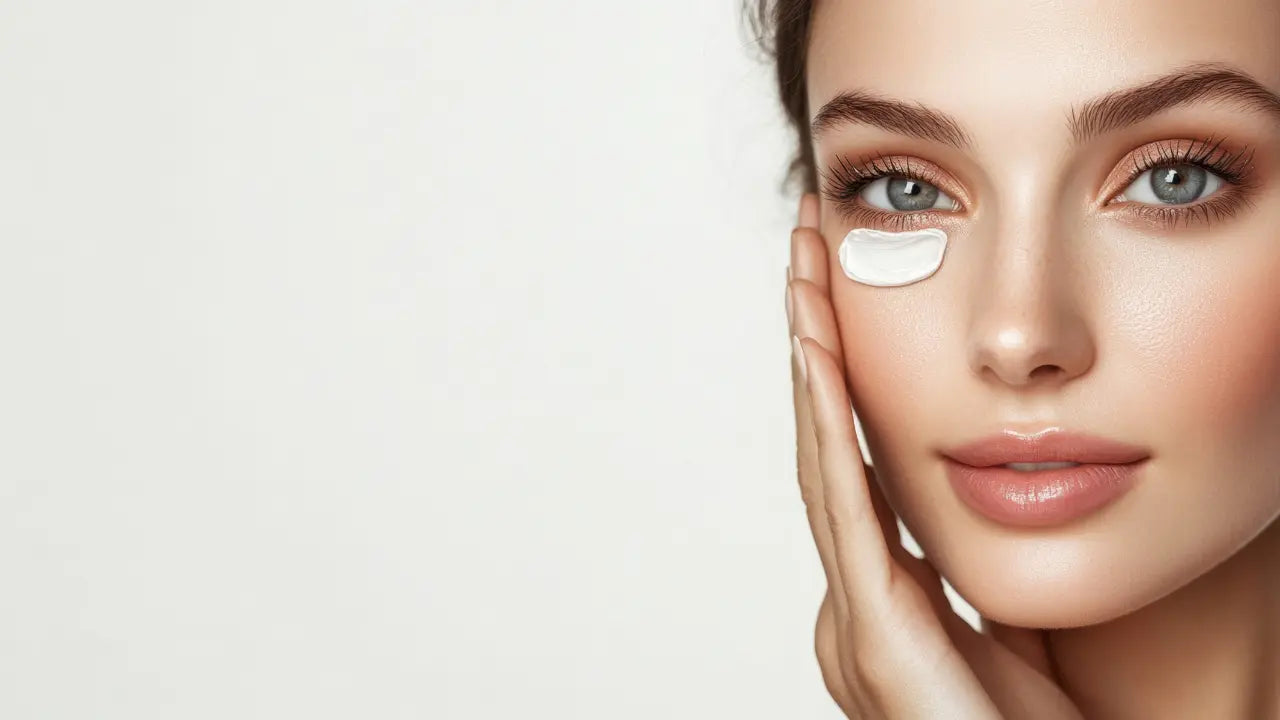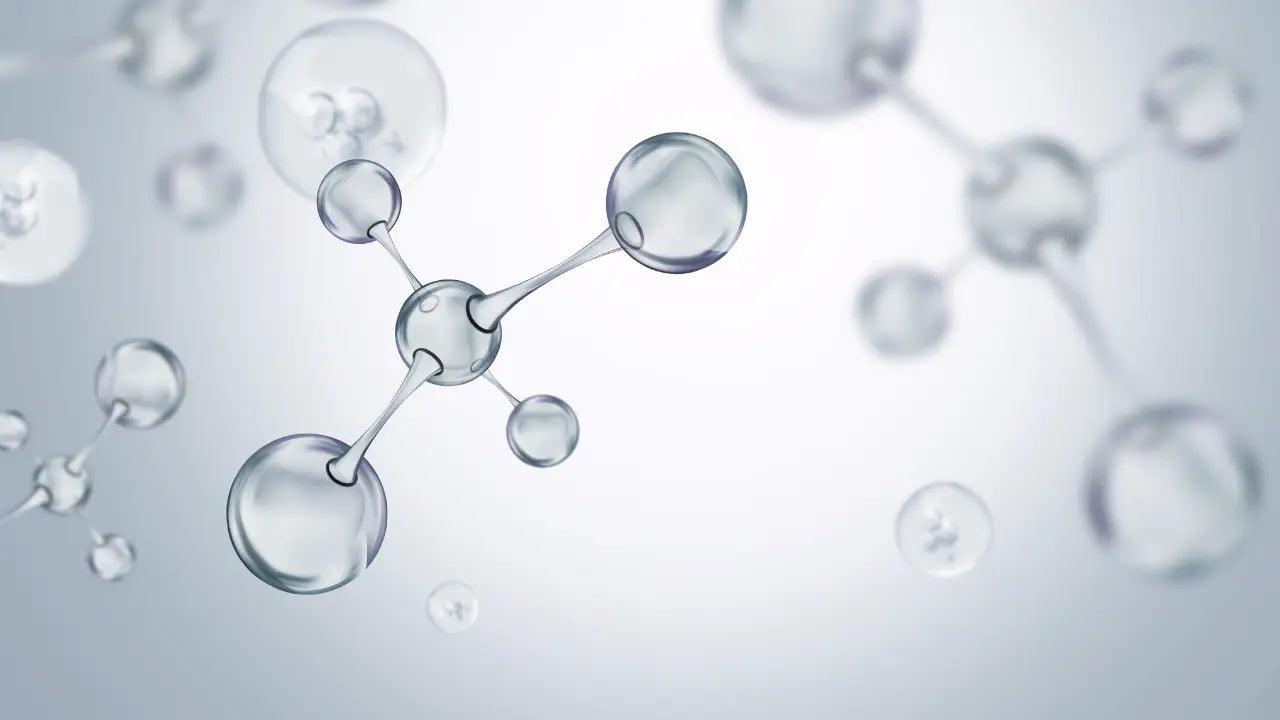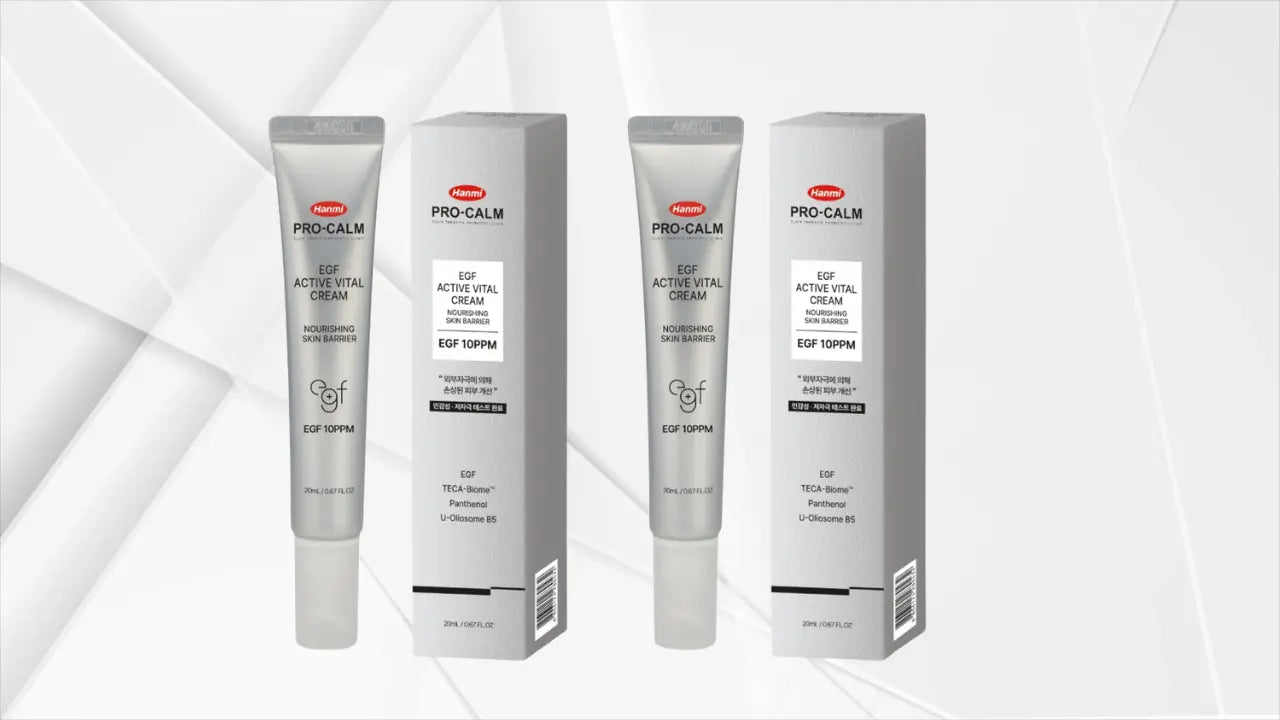Zero Pore Pad 2.0 shows up in my inbox weekly, which is usually a sign that people like the idea but aren’t sure what to expect. Zero Pore Pad 2.0 is a dual-textured toner pad laced with alpha- and beta-hydroxy acids to sweep away dullness and help keep pores from clogging. I’ve used several jars across sticky summers and heated winters, and the verdict is steady: it can refine texture and help with congestion when you fit it into a routine thoughtfully, but it won’t magically erase pores or override skin biology overnight.
What Zero Pore Pad 2.0 is—and what it isn’t
This jar is built around a leave-on toning step delivered via pre-soaked pads. One side has a gentle texture to help lift surface debris; the other side is smoother to lay down the formula evenly. The product is positioned for visible pore-care, smoother feel, and a cleaner T-zone. On skin, the first swipe feels watery with a faint citrusy lift and a quick dry-down that layers well under lightweight gel creams.
It’s important to set expectations fairly. Pores don’t open and close like doors, and no topical can permanently shrink them; what you can do is keep them clearer so they look less obvious and less shadowed in certain lighting. Dermatology guidance points people toward regular cleansing and gentle exfoliation to improve the look of enlarged pores, which is exactly the lane these pads occupy. AAD
For readers who prefer to shop the specific product I’m describing, you can find Medicube Zero Pore Pads 2.0 (70 pads) at our store; it’s the same jar I reference in this review and the one I’ve tested through both humid and dry seasons.
Key ingredients and how they work
The pad solution blends lactic acid (an AHA) with salicylic acid (a BHA). The brand discloses 4.5% AHA and 0.45% BHA, a pairing designed to loosen dead cells on the surface while threading into oily pores to break up clogs. In practice, that combination leans clarifying rather than stinging, though skin feel varies by individual tolerance. DEV-MEDICUBE US
Salicylic acid is a long-standing acne adjunct because it’s oil-soluble and can wade deeper into pores to help free compacted debris; it’s commonly recommended in dermatology resources for whiteheads and clogged pores. When I tested the pads during a stretch of gym sessions and SPF reapplications, the BHA component tended to keep my nose and chin from feeling waxy by the end of the day. Evidence-based guidelines still consider salicylic acid part of the topical toolkit for acne management, though it’s not a cure-all and results vary. AAD+1
Lactic acid works more superficially to dissolve the “glue” between dead skin cells. I find it nudges dullness and flakiness without that squeaky-tight feeling, especially if I follow with a hydrating cream. When the formula is balanced with humectants and soothing extracts, the overall experience skews comfortable. If your skin runs reactive, it’s reasonable to test a small area first and build up frequency slowly.
Who will likely enjoy it—and who may want a gentler route
If your T-zone is oilier than your cheeks, or you notice tiny plugs across your nose and chin, Zero Pore Pad 2.0 fits a very specific use case. My own forehead benefits when workouts are frequent, and the pads are handy for on-the-go travel routines because they double as a toner step. Makeup sits smoother across the center of the face after a few consistent weeks, and sunscreen pilling tends to decrease when I keep flaky buildup under control.
If your skin is highly sensitive or you’re new to acids, consider starting with polyhydroxy acids (PHAs), which research suggests can be gentler on the barrier while still offering mild exfoliation and sebum-regulating benefits. Gluconolactone in particular has been shown to support hydration and reduce transepidermal water loss in clinical settings, which lines up with what I see on drier cheeks in winter. Using a PHA regimen first and then graduating to AHA/BHA pads is an approach many readers find comfortable. PubMed
When redness flares or you’ve overdone actives, something calming can bridge the gap while your skin settles. In those moments I’ll swap the pad for a soothing layer like SKIN1004 Madagascar Centella Ampoule 100ml and let the barrier steer the schedule rather than the calendar.
How to use Zero Pore Pad 2.0 and build a routine around it
I treat the pads like a true leave-on exfoliant, not a cleanser. After washing and patting dry, I sweep the textured side across my T-zone, flip to the smooth side for the cheeks, and avoid the creases around nostrils and lips if they’re feeling delicate. Most skins do well starting two to three nights per week, then adjusting based on feel. Dermatology guidance on at-home exfoliation is consistent: keep application gentle, skip broken or sunburned skin, and follow with moisturizer to offset potential dryness. On weeks when I follow those rules rather than my enthusiasm, my face is happier. AAD
Because sunscreen is non-negotiable with any exfoliant, I keep textures light in the morning. If I used a pad the night before, I cleanse, apply a hydrating serum, and lock things in with SPF. When I do want a deeper cleanse before pad nights—say after a long SPF-and-sweat day—I’ll start with a heartleaf cleansing oil that breaks down sunscreen, rinse, go in with a gentle water-based wash, and then reach for a pad.
Layering matters. I give retinoids, benzoyl peroxide, and high-strength vitamin C their own nights if my skin is cranky, and I pay attention to heater season. After the pad, something cushiony like a hyaluronic acid cream to lock in moisture keeps the finish comfortable and helps foundation glide rather than catch.
If you prefer a creamier, barrier-forward finish—especially after an AHA/BHA night—a cica-rich moisturizer with barrier-supporting lipids can be the difference between “polished” and “over-polished.” When I add a thin layer on top, any tightness calms down within minutes and I wake without flakes on the nose.
Variants, similar products, and how to choose
Zero Pore Pad 2.0 is the standard strength. If your skin leans highly reactive, the brand’s mild variant exists for that reason, but another practical route is simply adjusting placement—T-zone only, cheeks every other week, and skip wherever you’re irritated. Seasonality plays a role too. In muggy months I reach for the jar more, while radiator season asks for restraint, thicker moisturizers, and gentler rhythms.
Ingredient preferences can also guide the choice. If you’ve discovered that BHAs are your friend, this jar makes sense. If you prefer to avoid fragrance or are still building tolerance, PHA-first options are worth exploring until you’re confident your barrier is happy. There’s no prize for using more acids faster; the prize is consistently clearer texture with minimal drama.
If you’re pairing a pad with a soothing routine, centella and madecassoside serums are easy lifts. When a reader tells me they’re dipping a toe into acids after a long hiatus, I often suggest alternating pad nights with a calming layer like the centella ampoule above or a straightforward cream, then reassessing after two weeks of reality rather than two days of optimism.
Comparisons and reader FAQs
Is a pad better than a liquid toner or a peel? Pads are mostly about convenience and uniform application. In my day-to-day, that convenience leads to better consistency, which tends to matter more than the format itself. If you already own a gentle lactic or salicylic toner and you actually use it, you’re not obligated to switch formats.
Can this shrink pores? Not permanently. What it can do is help remove the material that makes pores look darker and larger, which often softens their appearance in certain lighting. Keeping oil and debris moving is the workable plan; basic cleansing, patience, and smart use of exfoliants are the tools. AAD
Is it safe long-term? With sensible frequency, moisturization, and daily SPF, many people use acids for years without issue. If you’re under a dermatologist’s care or pregnant, ask first and patch test. And if your skin starts feeling more fragile—stinging water, foundation pilling, redness that lingers—pull back and focus on barrier support until neutrality returns.
What results can you reasonably expect? In my experience, tone looks more even across the center of the face after two to four weeks, makeup sits flatter, and tiny bumps along the jaw behave if I also keep my phone clean and my pillowcases on a schedule. On oily skin that breaks out easily, the BHA component may help reduce the frequency of clogged-pore whiteheads when used consistently alongside a simple routine. Dermatology resources continue to list salicylic acid as a helpful over-the-counter option in acne care, which aligns with what I see on wear-test days. AAD
Why do some people prefer PHA first? Sensitivity varies. Research on gluconolactone suggests it can help regulate sebum and support hydration with a lower irritation profile, making it a reasonable on-ramp for newcomers to chemical exfoliation. If that sounds like you, try working with PHAs first and keep AHA/BHA for selective T-zone nights. PubMed
Final thought: smart, gentle, and consistent usually beats spicy and sporadic. If Zero Pore Pad 2.0 fits your skin and schedule, treat it like a supportive teammate rather than a hero, and it’s more likely to deliver a smoother canvas with fewer surprises.




